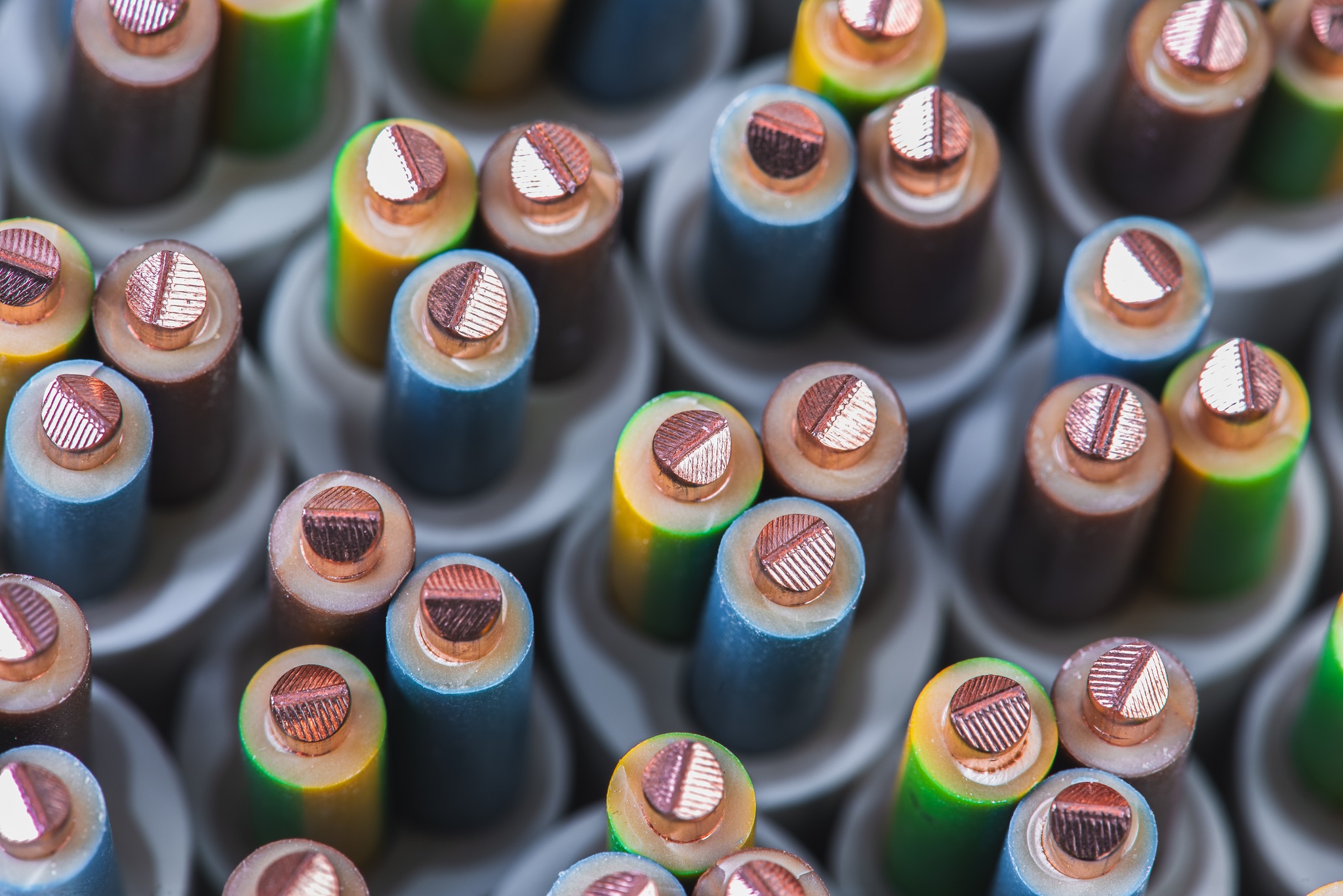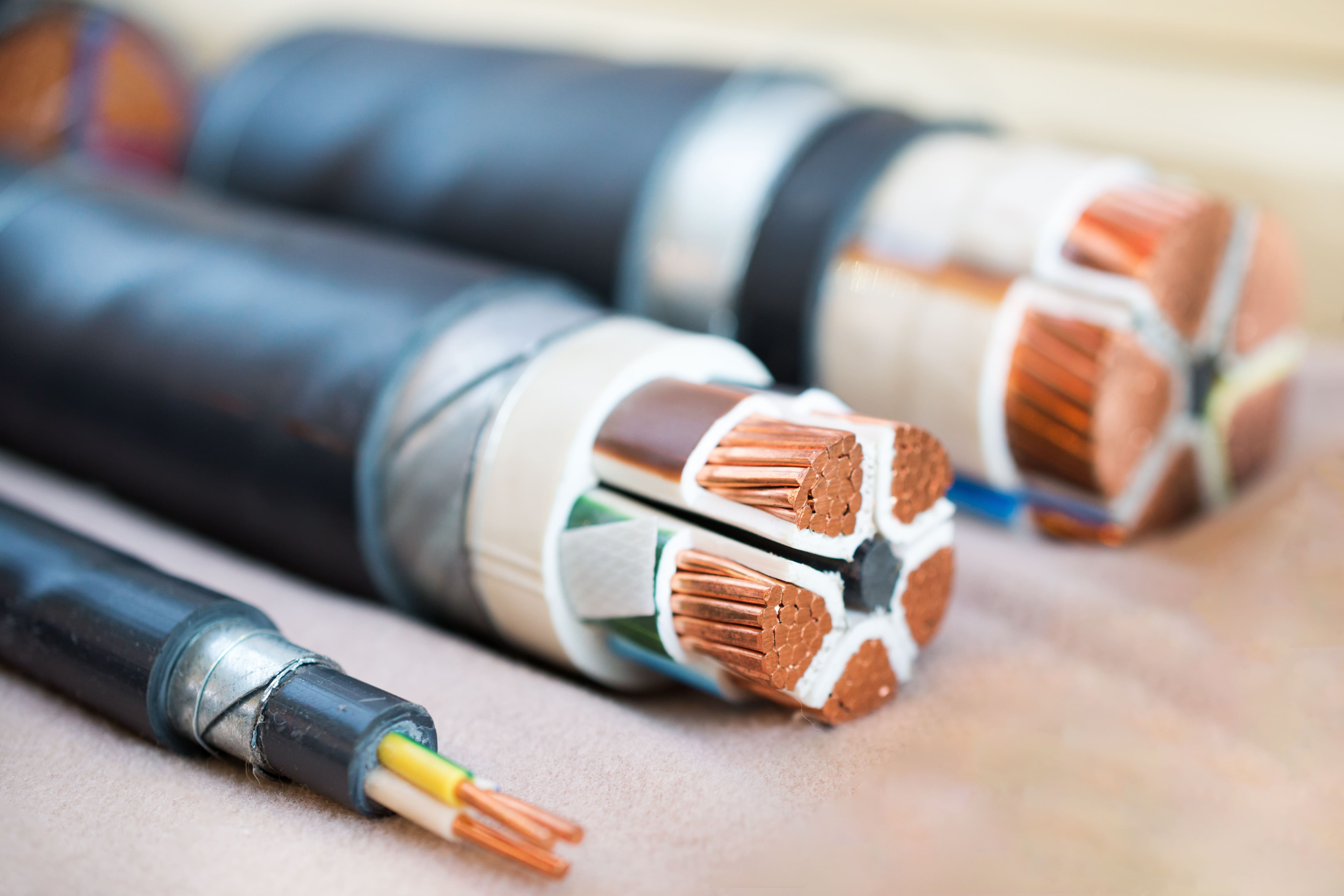Incorporating high amount of mineral filler into a thermoplastic polymer without compromising fluidity or mechanical properties of the final product is an eternal task of any compound manufacturer. This problem is especially of importance for manufacturers of HFFR cable compounds which are to combine high flame retardancy with smooth surface and nice elasticity. It is necessary to apply inorganic hydroxides (Al or Mg), particles of which are far from spherical shape and do not exactly promote elasticity. Moreover, any mineral filler contains some impurities, which cripple the ageing performance of the compound (the more filler there is – the stronger).
One way to solve described issues is to apply surface treated (or in other words surface coated) filler. Preliminary treating a mineral filler, especially of natural origin, with an organic agent allows to «deactivate» its surface – reduce moisture uptake, suppress interactions between impurities and polymer, improve filler-polymer compatibility and dispersion.
The most widespread and popular surface treatment agents are stearic acid, its derivatives and organo-functional silanes. Stearic acid provides good compatibility along with low cost. On the other hand, silanes provide additional features depending on the functionality, in example ability crosslink along with the polymer. In general, abilities and features of such agents are known, therefore the goal of present work is to investigate potential advantages of different combinations of components.
All agents were tested in a model formulation (Table 1), originally developed for synthetic ATH, replacing half of its quantity with natural magnesium hydroxide «EcoPiren 3,5» with appropriate surface coating.
|
Formulations |
Ref. Compound | ||
|---|---|---|---|
|
Ingredient |
Trade name |
phr |
|
|
EVA28 MFI=3 |
Escorene UL00328 |
70 | |
|
mLLDPE d=0,918 MFI=3,5 |
Exceed 3518 |
20 | |
|
LLDPE-g-MAH |
Fusabond E226 |
10 | |
|
Silicon MB |
Silmaprocess AL1142A |
3 | |
|
Stabilizer |
Silmastab AE1527E | 0.5 | |
| Fine precipitated ATH | Apyral 40CD | 160 | |
| Total | 263.5 | ||
Table. 1 Model formulation of HFFR compound
On the first stage the effect of changing the level of Stearic treatment was evaluated (Table 2). Surface treatment with Stearic acid allows to improve fluidity and elasticity of the compound 10-15%. Increasing level of treatment after 1% does not further improve mechanical properties.
The effect of Stearic acid is definitely notable at 8-10% increased elongation compared to untreated grade, but it still doesn’t allow to reach Reference properties. Therefore, on the next step combinations of agents were evaluated:
-
«Dynasilan VTEO»
-
«Dynasilan 6498»
-
«Dynasilan GLYMO»
-
«Dynasilan AMEO»
-
«Pevalen»
-
«Esterex TM1111»
-
«TPSA»
Surface treatment was performed by preliminary homogenized mixtures of 1:1 ratio. The results are shown in Table 3.
All tested combinations showed higher Tensile Strength in comparison with Stearic acid. The mixture of TPSA and VTEO (FT40 and FT45) showed the best results. Its application increased the elongation at break 15-20% without the elongation at break 15-20% without significant loss of Tensile Strength.
Is it possible to obtain additional benefits using ternary mixtures? This was tested on the next step. Components were also premixed in ratio 1:1:1, immiscible combinations were skipped. The results are shown in Table 4.
No ternary mixture showed better results compared to binary one, though previous step best overall combination Pripol-VTEO-GLYMO performed roughly on the same level.
Thus it is possible to conclude that surface treatment provides a significant bonus to natural magnesium hydroxide performance and a possibility to introduce additional functionality. However, not every issue with natural mineral fillers can be solved by the surface treatment.
|
Formulations |
Ref. Cmpd |
FC 35 |
FT 35 |
FT 20 | FC 34 | FC 38 |
|---|---|---|---|---|---|---|
|
Base Ecopiren |
— |
EP3,5 |
EP3,5 |
EP3,5 |
EP3,5 |
EP3,5 |
|
Coating |
— |
None |
Stearic acid |
Stearic acid |
Stearic acid |
Stearic acid |
|
Treatment (%wt) |
— | None | 0.5 | 1.0 | 1.5 | 2.0 |
| Properties | Apyral | EP3,5 | EP3,5 | EP3,5 | EP3,5 |
EP3,5 |
|
Density at 23°C |
1.497 |
1.496 |
1.489 |
1.481 | 1.485 | 1.500 |
|
MFI – 21,6kg @ 190°C |
13 | 4 | 5 | 6 | 7 | 12 |
| LOI | 36 | 34 | 34 | 34 | 34 | 34 |
| Tensile Strength | 13 | 13 | 12 | 11 | 9 | 8 |
| Elongation at break | 180 | 135 | 140 | 146 | 139 | 144 |
Table. 2 Stearic acid treatment level effect on compound properties
|
Formulations |
Ref. Cmpd |
FT31 |
FT32 |
FT33 | FT34 | FT28 | FT30 | FT27 | FT29 | FT40 | FT45 |
|
Treatment of Ecopiren (%wt) |
— | 1.8 | 1.8 | 1.8 | 1.8 | 1.8 | 1.8 | 1.8 | 1.8 | 1.8 | 1.2 |
|
Component 1 |
— |
Pevalen |
Pevalen |
TM111 | TM111 | GLYMO | AMEO | Pripol | Pripol | TPSA | TPSA |
|
Component 2 |
— |
VTEO |
6498 |
VTEO | 6498 | VTEO | VTEO | GLYMO | VTEO | VTEO | VTEO |
|
Properties |
Apyral |
FT31 |
FT32 |
FT33 | FT34 | FT28 | FT30 | FT27 | FT29 | FT40 | FT45 |
|
Density at 23°C |
1.497 | 1.49 | 1.488 | 1.491 | 1.488 | 1.484 | 1.48 | 1.484 | 1.486 | 1.482 | 1.485 |
| MFI – 21,6kg @ 190°C | 13 | 4.1 | 6.2 | 5.2 | 7.8 | 6.1 | 6.3 | 8.1 | 7.6 | 5.6 | 8.2 |
|
Tensile Strength |
13 | 12.2 | 11.5 | 12.4 | 11.7 | 12 | 11.7 | 11.8 | 12.2 | 11.5 | 12.5 |
|
Elongation at break |
180 | 131 | 138 | 125 | 142 | 132 | 139 | 153 | 147 | 162 | 157 |
Table. 3 Binary mixtures treatment results
| Formulations |
Ref. Cmpd |
FT23 |
FT24 |
FT25 | FT26 |
|---|---|---|---|---|---|
|
Treatment of Ecopiren (%wt) |
— | 1.8 |
1.8 |
1.8 | 1.8 |
|
Component 1 |
— |
Pripol |
Pripol |
Tego 6879 | Pripol |
|
Component 2 |
— |
AMEO |
VTEO |
GLYMO | VTEO |
|
Component 3 |
— |
Tego 6879 |
GLYMO |
Pripol | GLYMO |
| Properties | Apyral | FT23 | FT24 | FT25 | FT26 |
| Density at 23°C |
1.497 |
1.487 | 1.482 | 1.488 | 1.483 |
| MFI – 21,6kg @ 190°C | 13 | 6.9 | 5.8 | 6.2 | 3.4 |
| Tensile Strength | 13 | 11.3 | 11.2 | 10.9 | 11.2 |
| Elongation at break | 180 | 145 | 154 | 139 | 147 |
Table. 4 Ternary mixtures treatment results
Brucite+


